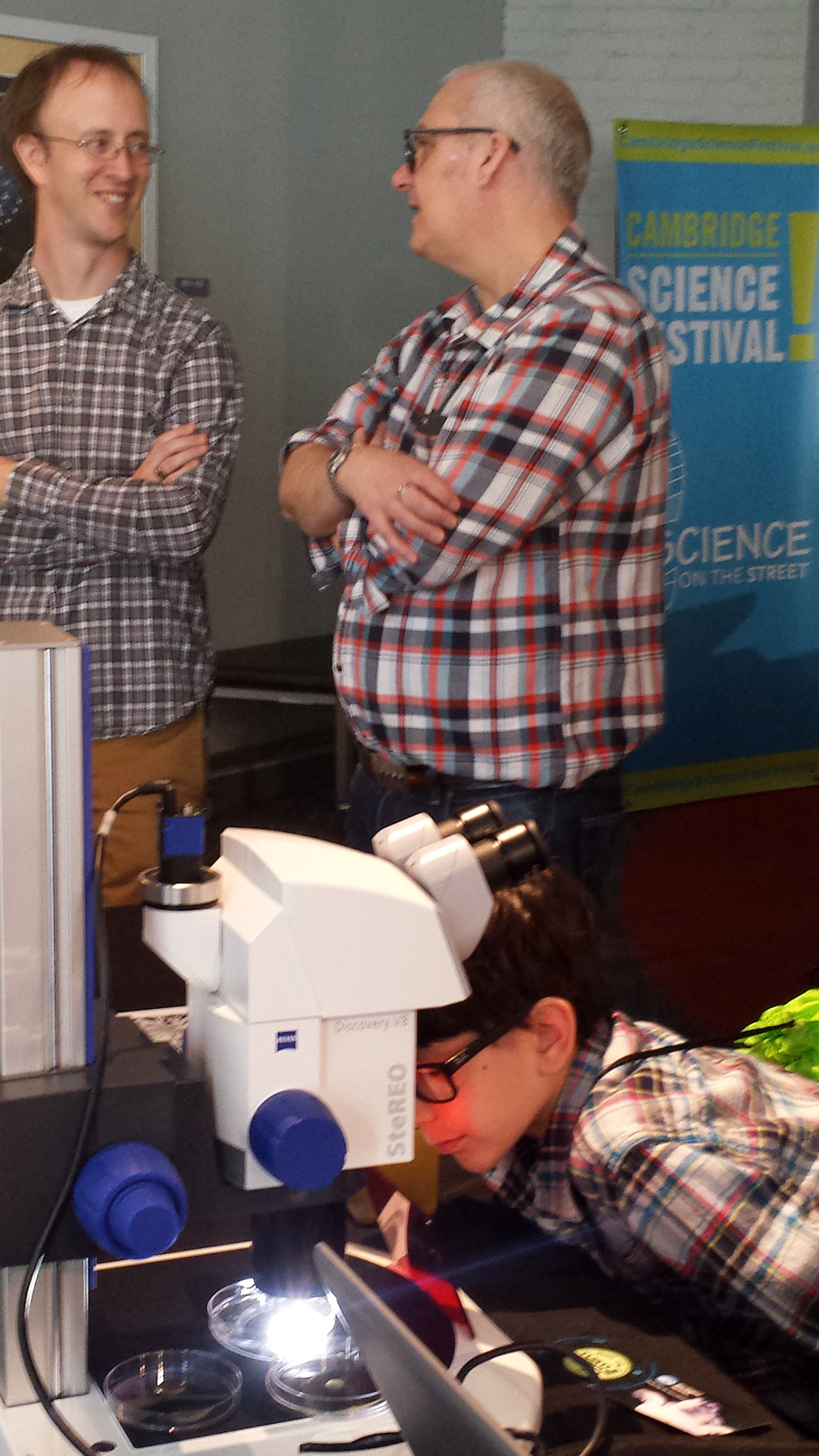All News
-
MIT News | August 31, 2015
“Grey swan” cyclones predicted to be more frequent and intense
Study finds some coastal regions may face a risk of unprecedented storm surge in the next century. -
WHOI News | August 31, 2015
Evidence of Ancient Life Discovered in Mantle Rocks Deep Below the Seafloor
Ancient rocks harbored microbial life deep below the seafloor, reports a team of scientists, confirming a long-standing hypothesis that interactions between mantle rocks and seawater can create potential for life even in hard rocks deep below the ocean... -
MIT, MIT EAPS | August 30, 2015
Lessons of Katrina
What have we learned about hurricanes and climate change since Katrina? Kerry Emanuel talks to Spectrum Magazine. -
MIT, MIT EAPS | August 27, 2015
Dust in the Waters
Intensity of desert storms may affect ocean phytoplankton: MIT study finds phytoplankton are extremely sensitive to changing levels of desert dust. -
MIT, MIT EAPS | August 27, 2015
Paul O’Gorman: Extreme storm modeler
MIT News profiles Prof. Paul O'Gorman, an atmospheric scientist who tracks climate change's effect on extreme storms -
WHOI - Oceanus | August 24, 2015
Short-circuiting the Biological Pump
Tiny chemical compounds help choreograph a planet-size dance -
Featured Stories | August 19, 2015
The Hart of MIT’s Maritime Legacy
New museum exhibit will focus on MIT's rich maritime history. Related topics | Ocean Engineering | Design of Ocean Systems -
WHOI News | August 17, 2015
New AUV Plankton Sampling System Deployed
Researchers and engineers have developed and tested an innovative new system for sampling small planktonic larvae in coastal ocean waters and understanding their distribution. -
WHOI News | August 13, 2015
Heat Release from Stagnant Deep Sea Helped End Last Ice Age
The build-up and subsequent release of warm, stagnant water from the deep Arctic Ocean and Nordic Seas played a role in ending the last Ice Age within the Arctic region, according to new research led by an international team of scientists. -
MIT News | August 12, 2015
Better estimates of worldwide mercury pollution
New findings show Asia produces twice as much mercury emissions as previously thought. -
WHOI News | August 11, 2015
Ultrasounds for Coral Reefs?
Scientists have tested a surprisingly cheap and effective way to assess the health of vulnerable coral reefs and to monitor threats on remote atolls: eavesdropping. -
Featured Stories | August 10, 2015
Rolling Stone Spotlights MIT Ocean Acidification Research
Highlighted study finds many phytoplankton species may die out and others may migrate significantly as ocean acidification intensifies. Related topics |Human Influences | A Warming World| Oceans and Life -
Featured Stories | July 27, 2015
New Horizons Data Hint at Underground Ocean
Pluto’s heart could hold clues to the existence of an ocean, according to the latest data received from NASA’s New Horizons probe. Related topics | Oceans and Life -
Featured Stories | July 22, 2015
Penny Chisholm Named Institute Professor
MIT Biologist Sallie "Penny" Chisholm Receives MIT's Highest Honor. Related topics | Microbial Ecology | Biogeochemical Cycles -
MIT, MIT EAPS | July 22, 2015
Dynamic Deltas
MIT-WHOI Joint Program graduate student Jaap Nienhuis has been working on a new metric which may help engineers determine how the shape of a river delta, such as the Mississippi’s, may shift in response to engineered structures such as dams and ... -
MIT, MIT EAPS | July 20, 2015
Ocean acidification may cause dramatic changes to phytoplankton
Study led by principal research scientist Stephanie Dutkiewicz finds many species may die out and others may migrate significantly as ocean acidification intensifies. -
WHOI News | July 17, 2015
‘Plankzooka’ Larval Sampler May Revolutionize Deep-Ocean Research
Scientists have successfully conducted the first high-volume collection of plankton, including animal larvae, from the deep ocean using a new sampling device mounted on a robotic submarine. -
WHOI News | July 16, 2015
Carbon Dioxide Pools Discovered in Aegean Sea
The waters off Greece’s Santorini are the site of newly discovered opalescent pools forming at 250 meters depth. The interconnected series of meandering, iridescent white pools contain high concentrations of CO2 and may hold answers to questions ... -
WHOI - Oceanus | July 8, 2015
Coral Crusader
Student seeks clues to conserve beleaguered reefs -
WHOI News | July 8, 2015
Where Iron and Water Mix
New research proves that the dissolved metals from hydrothermal plumes follow deep-sea currents to provide a major source of iron to the world's oceans.






